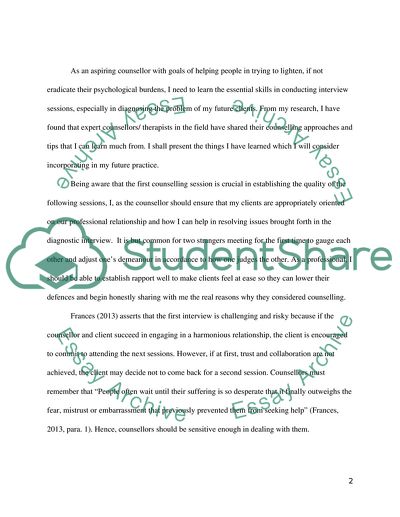Cite this document
(“Counseling Techniques in Diagnostic Interviewing Term Paper”, n.d.)
Retrieved from https://studentshare.org/psychology/1661032-counseling-techniques-in-diagnostic-interviewing
Retrieved from https://studentshare.org/psychology/1661032-counseling-techniques-in-diagnostic-interviewing
(Counseling Techniques in Diagnostic Interviewing Term Paper)
https://studentshare.org/psychology/1661032-counseling-techniques-in-diagnostic-interviewing.
https://studentshare.org/psychology/1661032-counseling-techniques-in-diagnostic-interviewing.
“Counseling Techniques in Diagnostic Interviewing Term Paper”, n.d. https://studentshare.org/psychology/1661032-counseling-techniques-in-diagnostic-interviewing.


